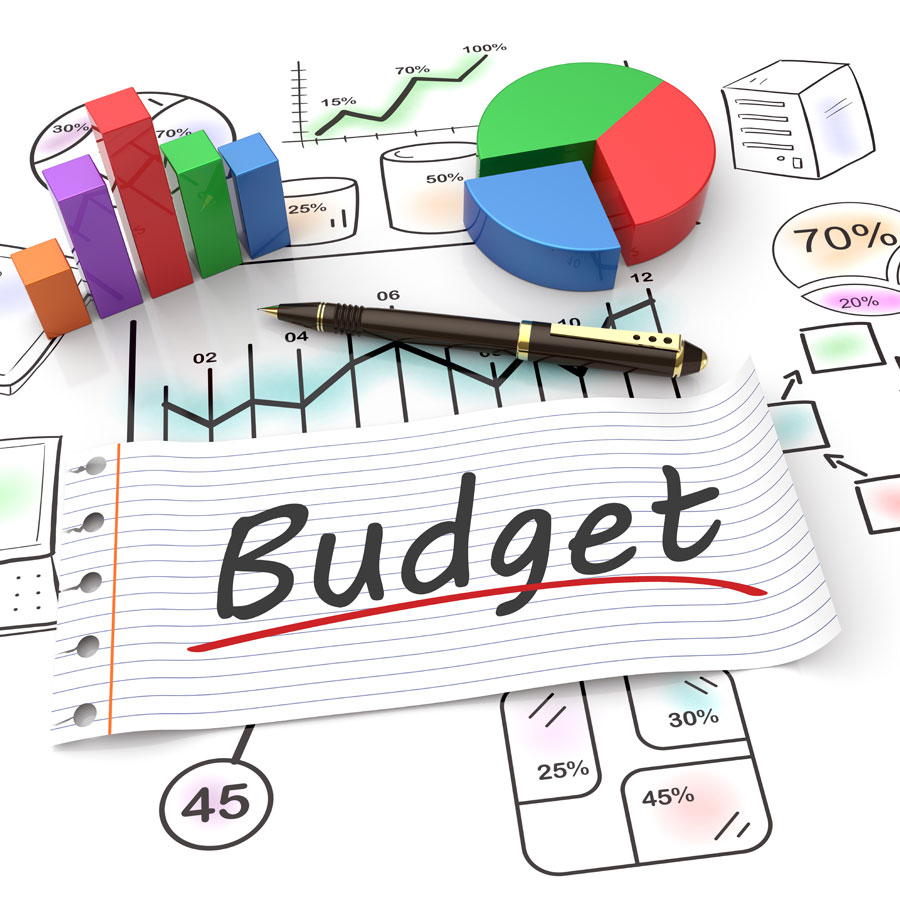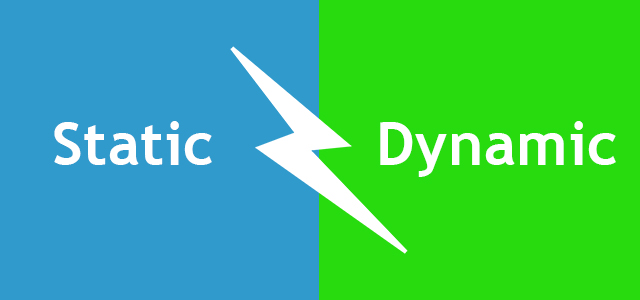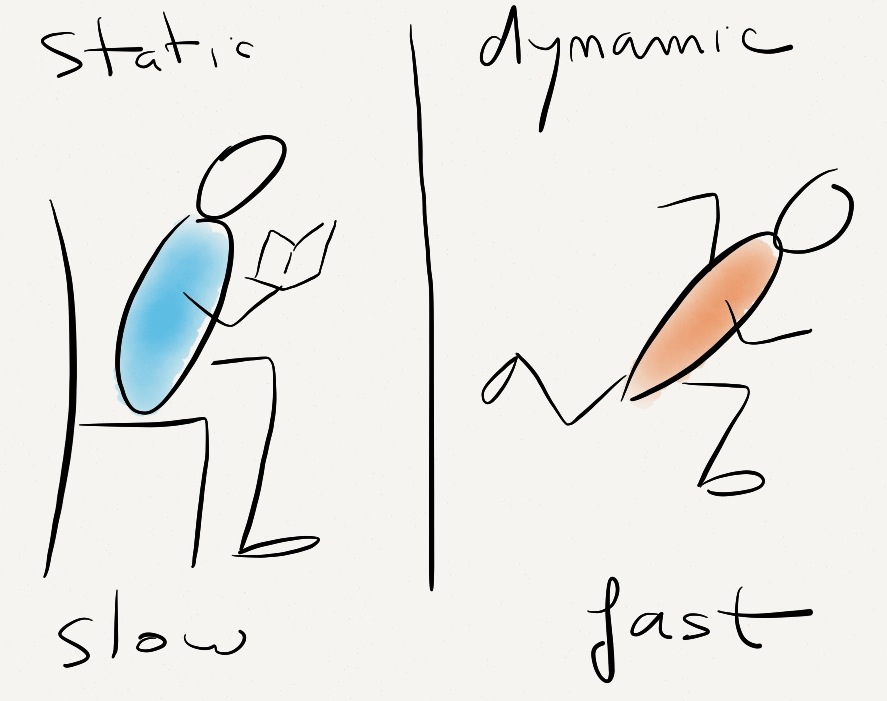Dec
12
Budgeting Made $imple
by Steve Bailey
 What to spend?
What to spend? How to spend it?
These are questions every business owner asks themselves, and most likely the largest impetus to creating budgets.
It's a noble effort, but if you don't know how to budget, will it yield the correct numbers to use? And if you don't reach the budgeted goal, what will you do about it? These two budgeting issues are the prime reasons budgets fail.
To understand why budgets are so difficult, and sometimes fail, let's first look at how budgets are usually constructed. For our example, we'll use Profit & Loss budgeting. Most P&L budgets are over a twelve-month period. There are two columns per month, one labeled 'Budget' and the other 'Actual'. At the beginning of the year, there are twelve columns, but by the end of January the actual values are filled in, and you have thirteen columns. By the end of the year, your budget has twenty-four columns of numbers, a dizzying array to take in at one time. The real crux of this type of budget is that, as the year progresses, you meet or exceed your Profit goals, or you fall lower than goal. In the case of the latter, you usually won't know if you are going to meet the year-end expectation until just that - the end of the year. This type of budget, in which the Budgeted values are cast in stone, is called a Static Budget.

Now let's look at an easier method of budgeting, one that you are more likely to succeed at. It's called Dynamic Budgeting. In this budget, the line-item goal values are constructed for twelve months. If the year-end Profit goal is what you are shooting for, the budget constructed becomes the budget used. At the conclusion of the first month, the budgeted line-item values are overwritten with actual values attained. The resultant change in the year-end attainment is instantly displayed, and if that doesn't meet or exceed the original goal, action has to be taken in the remaining eleven months to either increase Revenues or decrease Expenses. Any time a future number is changed in any month, the change in year-end attainment is updated.
The real beauty of Dynamic budgeting is the simplicity in tracking the numbers. Twelve columns of values vs. twenty-four.

A year-end goal vs. a monthly back and forth in the budgeted vs. goal numbers. This much simpler system makes it easier to use and more likely to be used during the entire year vs. a budget that is impossible to attain and thus demoralizing.
Dynamic budgeting is one of the many topics discussed in our Group Financial Basics for Garden Center Retailing sessions beginning February 19th and 20th. These sessions are an excellent method to instill the financial aspect of your garden center into both owners and key staff. For more details, CLICK HERE and take the challenge. Do you and your staff know all you need to know on all the topics listed there? If not, join us in Atlanta in February and we'll start the process.
Here's to a year full of $UCCE$$FUL Budgeting!
$teve
Got questions or need more information about profitability? Give Steve a call or email!
Share this post:
